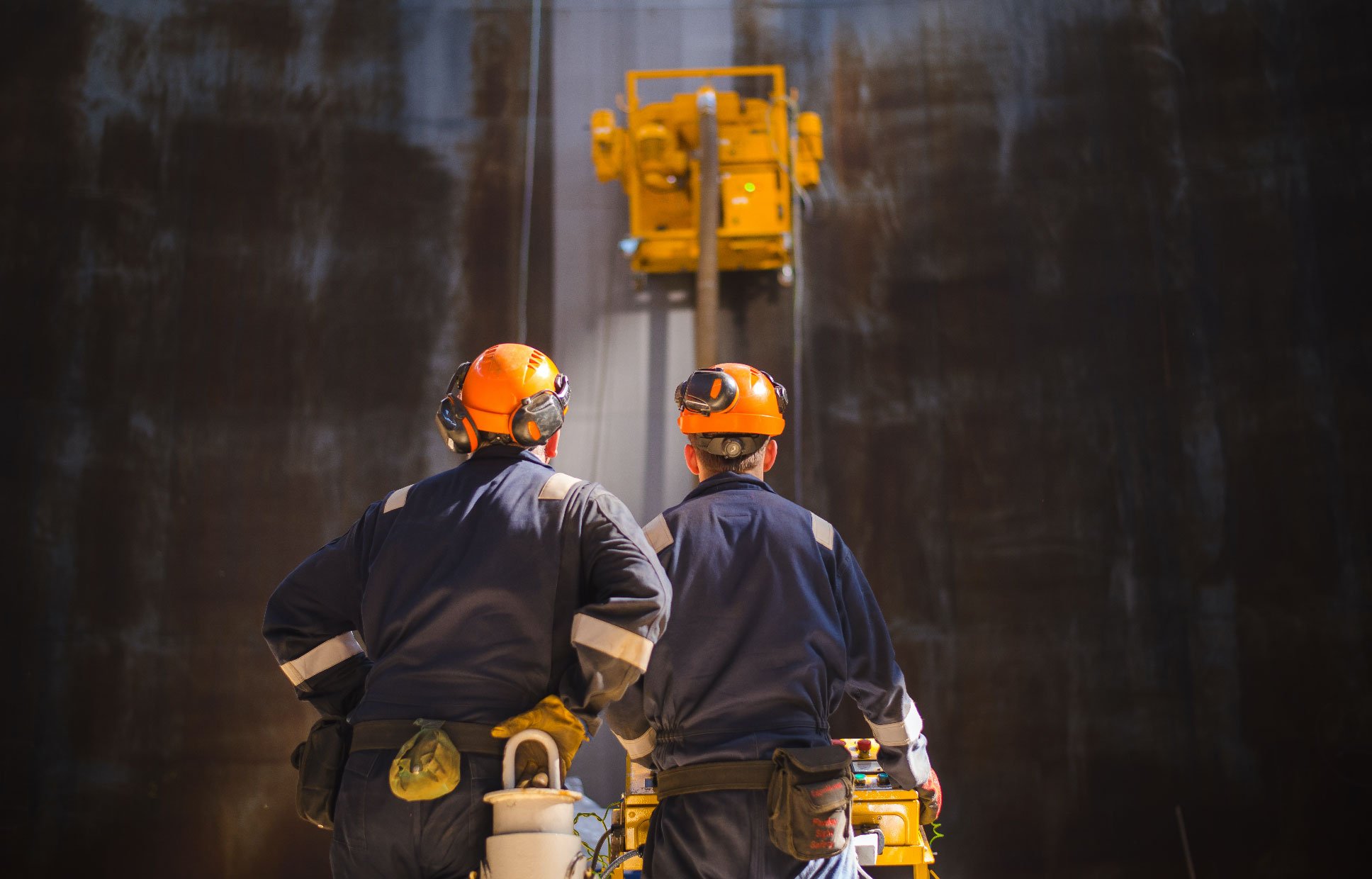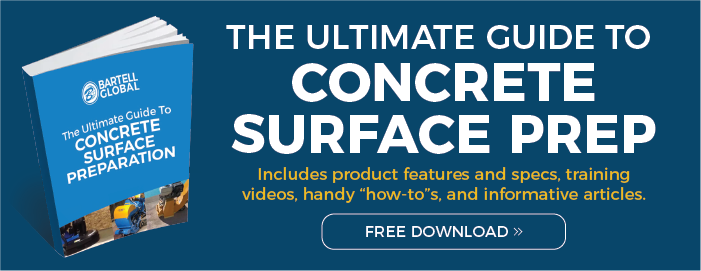Scarifiers are incredibly beneficial when used appropriately for the purpose they were created for. Because of their power, it is important to know how and when to use them effectively. Some claim that Grinders or Shot Blaster are a better, more efficient option, but sometimes they won’t quite cut it, and that’s where Scarifiers step in.
What Is a Scarifier, and How Does It Work?
Scarifiers are a faster, more aggressive form of removal compared to Grinding and Shot Blasting. You may have also heard them being referred to as, Planers, or Milling machines.
It works by forcefully striking the floor’s surface at very high speeds using rotating, multi-tipped cutting wheels. The more cutting wheels the machine allows, the more aggressive it is. This striking action chips away at the concrete surface leaving an abrasive profile that is a perfect base for certain overlays.
They come in many different sizes often allowing for profile depth adjustment, as well as interchangeable tooling so that you can make sure to get the right fit and achieve the right profile depth for each job.
You can find varying width sizes from 2” (50mm) to 20” (500mm), and depending on the size and brand; handheld, manual push, and self-propelled are all additional options as well.
Knowing the job details and requirements will help you to figure out which model, size, and tooling is best for the job.
Tooling
Each drum holds a different amount of cutters and spacers depending on the size. The more cutters used, the more aggressive it will be.
There are 3 types of cutters you can use with a Scarifier:
1) Tungsten Carbide Tipped (TCT) Cutters: Multi-point hardened steel cutter with tungsten carbide insert. For all concrete texturing, scabbling, planing and grooving applications. Removal of bridge deck and car park membranes, heavy industrial contamination, epoxy coatings and road markings Use on heavy applications for longer cutter life and higher output.
2) Beam Cutters: Heat treated steel cutter. For removal of paint, laitance and coatings from floors. Also used for removing build-up of grease, dirt and ice deposits. Keying and light scabbling of concrete when a fi ne textured surface is required.
3) Milling Cutters: Tipped with tungsten carbide. For removal of thermoplastic road/runway markings. Very efficient and cost effective with none of the problems associated with burning off thermoplastics. Also for the removal of bituminous and rubber deposits.
It is important to remember that Scarifiers are heavy duty, industrial machines. Because of that, they are incredibly fast and efficient at prepping concrete surfaces. However, it’s important to understand the process, and how they work, as well as the surface you’re going to be Scarifying, otherwise you could end up damaging the concrete or creating a profile that is too aggressive for certain overlays.
If you have any questions or concerns about this blog, or Scarifiers in general, feel free to reach out and one of our product specialist would be happy to help you.


 By
By 